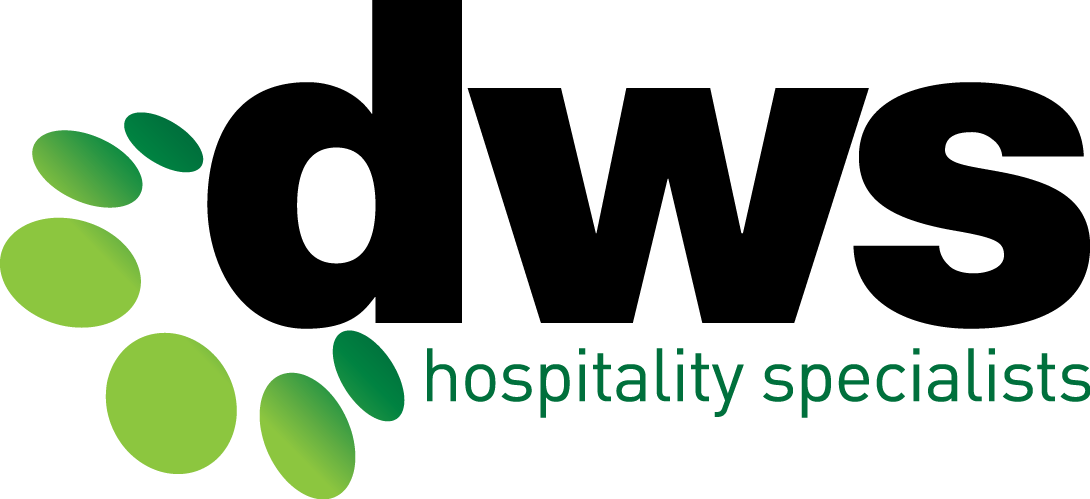By Michelle Pitman | Work Health, Safety & Compliance Advisor
 On average, contact with electricity accounts for 4% of all Australian workplace fatalities. Electricity will either kill you or leave you with serious side effects. If someone is injured or killed at your workplace, there is the possibility of prosecution, fines and even jail terms. Sorry to alarm you but electrical safety is an important and ongoing requirement for all businesses.
On average, contact with electricity accounts for 4% of all Australian workplace fatalities. Electricity will either kill you or leave you with serious side effects. If someone is injured or killed at your workplace, there is the possibility of prosecution, fines and even jail terms. Sorry to alarm you but electrical safety is an important and ongoing requirement for all businesses.
So, how do you manage the risk associated with the myriad of cords, plugs, appliances, power outlets, switchboards and RCD’s that run through your entire operation? The two best ways of protecting staff, customers and your business are (1) installing and regularly testing safety switches (RCDs) on all circuits and (2) visually inspecting all electrical equipment prior to use for damage or visible faults.
To further manage the risk:
- Only purchase good quality electrical appliances and equipment
- Don’t overload circuits and PowerPoints
- Don’t use double adapters or piggy back plugs (prohibited under the Electrical Safety Regulation)
- Use industrial quality extension leads where required (not white domestic leads)
- Remove and tag out any faulty equipment that can be repaired
- If equipment can’t be repaired, remove from use, snip off the plug and dispose
Testing and tagging requirements vary from State to State, however be aware that you may not need to test and tag EVERY piece of electrical equipment (particularly if it is connected to an RCD), and testing frequencies may vary from 6 monthly to 5 yearly. A reputable and knowledgeable electrical contractor will be able to advise you and even save you money by rationalising the test and tag activities in your business.
DWS have a specialised safety and compliance team in place to be able to provide you with advice on your electrical and other safety needs. Click here to download the full Fact Sheet.





